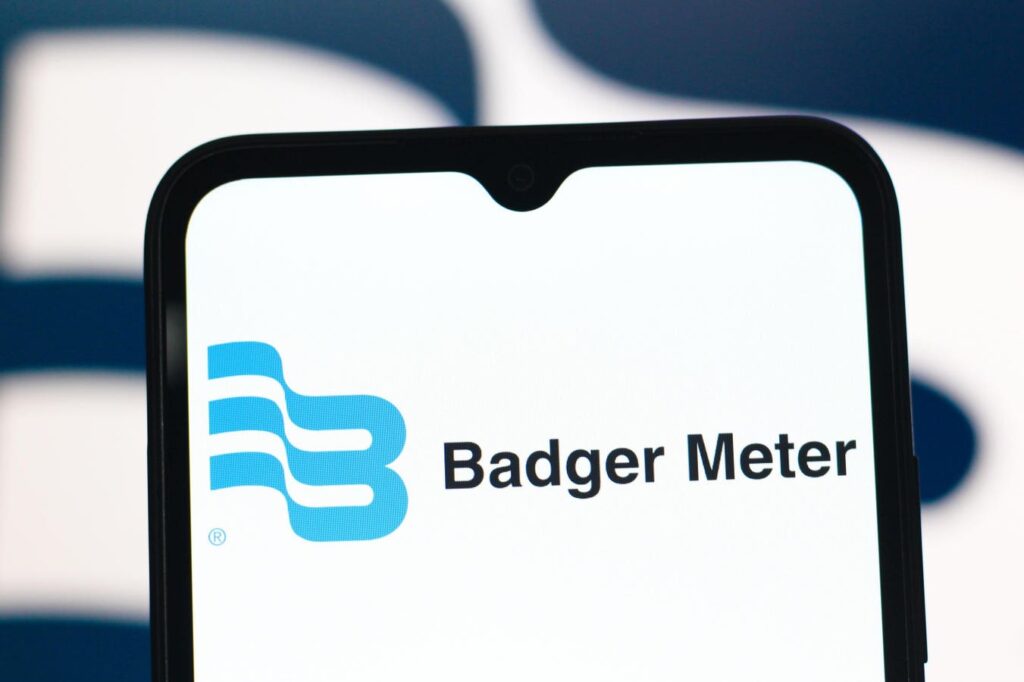Badger Meter stock (NYSE: BMI) is the top North American provider of water management solutions, offering flow measurement, water quality and pressure monitoring, along with analytics software that utilizes its collected data. The company is slated to announce its fiscal Q1 earnings on Thursday, April 17, 2025. Analysts expect the company to report earnings of $1.05 per share on revenue of $220.7 million. This would mark a 12% rise in earnings and a 6% revenue increase compared to the prior year’s results of $0.99 per share and $196.3 million, respectively. Historically, the stock has risen following earnings 60% of the time, with a median one-day gain of 7.3% and a peak rise of 17%.
Badger Meter currently holds a market capitalization of $5.4 billion. Over the past twelve months, it generated $827 million in revenue and was operationally profitable, recording $158 million in operating income and $125 million in net income. While actual results relative to expectations will be key, studying historical trends may give event-driven traders an edge.
For event-driven strategies, understanding past performance patterns may be beneficial, whether positioning ahead of earnings or responding to the report. For investors seeking lower volatility than individual stocks, the Trefis High-Quality portfolio offers an alternative, having outperformed the S&P 500 with cumulative returns above 91% since its launch.
See earnings reaction history of all stocks.
Badger Meter’s Historical Odds Of Positive Post-Earnings Return
Key insights into one-day (1D) post-earnings returns:
- There are 20 quarterly earnings instances over the past five years, with 12 positive and 8 negative 1D returns observed, indicating about 60% of the time the stock moved up.
- For the last three years, this percentage drops slightly to 58%.
- Median return for the 12 positive instances is 7.3%, while the 8 negative instances show a median return of -5.4%.
Additional statistics for 5-Day (5D) and 21-Day (21D) post-earnings returns are included in the table below.
Correlation Between 1D, 5D, and 21D Historical Returns
A relatively lower-risk strategy (if correlations are meaningful) is to identify the strongest correlation between short- and medium-term returns post-earnings and make trading decisions accordingly. For example, if there is a strong correlation between 1D and 5D returns, a positive 1D move might justify a long position for the next 5 days. Below is correlation data based on both five-year and more recent three-year performance. The term 1D_5D reflects the correlation between 1-day and 5-day post-earnings returns.
Discover more about the Trefis RV strategy, which has outperformed its all-cap benchmark (a mix of S&P 500, mid-cap, and Russell 2000) to deliver strong investor returns.
Invest with Trefis
Market Beating Portfolios | Rules-Based Wealth
Read the full article here

